Home 2.0 by Medical Guardian was the best in our tests. It paired instantly, worked across 1,400 ft, and connected to an agent in under 30 seconds.
Medical alert systems help people get quick help by pressing a button on a wearable device. They are made for everyday use and offer features like home coverage, location tracking, and caregiver notifications.
This blog gives clear reviews of the best systems based on testing, price, and daily use. You’ll also learn what to look for when buying a medical alert device that fits your routine and budget.
Our Best Picks For Medical Alert Devices
| Product | ||||
|---|---|---|---|---|
| Best For | Medical Alert Bracelet | Affordable Medical Alert Device | Home Landline System | Caregiver Integration |
| Ratings | 4.7 / 5 | 4.6 / 5 | 4.5 / 5 | 4.4 / 5 |
| Contact Number | 800-785-1341 | 855-498-0608 | 800-800-2537 | 888-256-3227 |
| Price | $149.95 | Varies | $99.95 fee | $349.99 |
| Monthly Subscription | $38.95 / month | $29.95 / month | $27.95 / month | $59.99 / month |
| Unique Feature | 1,400 ft Coverage Range | Wearable Remote Activation | Landline-Based Emergency Support | Air & Motion Home Monitoring |
| JUMP TO PRODUCT | JUMP TO PRODUCT | JUMP TO PRODUCT | JUMP TO PRODUCT |
What is a Medical Alert System?
A medical alert system is a wearable device that connects you to emergency help with one button press. Most people wear it as a pendant or wristband, so it’s always within easy reach.
If you fall or feel unwell, pressing the button instantly contacts a 24/7 response center. A trained professional answers through the device, checks what’s wrong, and sends help. That could be emergency services or a call to your caregiver or family.
Some systems come with features like automatic fall detection and GPS tracking. These help responders find you faster, even if you can’t speak or you’re not at home.
It gives you the freedom to live independently, with support just one button away.
What Are The Types of Medical Alert Systems?
At-home Medical Alert Systems
At-home medical alert systems are built for people who stay mostly indoors. They include a base unit and a wearable help button, usually worn as a pendant or wristband. The base connects through a landline or cellular network and has a range that covers the house and nearby areas like the yard or garage.
These systems are simple, reliable, and don’t need frequent charging. Some come with optional fall detection. They’re best for seniors who live alone and don’t leave the house often.
On-the-go Medical Alert Systems
On-the-go medical alert systems are made for active users who leave home regularly. They use cellular networks and have built-in GPS, so you can call for help from anywhere with signal coverage. Most include a speaker and microphone for two-way communication, allowing direct conversation with emergency responders.
These devices are small, lightweight, and usually worn on a lanyard, belt, or wrist. Many models include automatic fall detection and location tracking, which is helpful during emergencies when you can’t speak.
What Things You Need To Consider Before Buying Medical Alert Systems?
Buying a medical alert system needs to match your routine, health risks, and level of independence. These are the most important factors to look at before making a choice.
Fall Detection
Fall detection protects in situations where you can’t press the button. Some devices automatically detect a fall and send an alert. It’s an important feature for people with balance issues or a history of falls, but not all plans include it by default.
Medical Alert Range
Medical alert range decides how far you can be from the base unit while still staying protected. Most in-home systems offer coverage between 400 to 1,300 feet. Make sure the range covers the entire home, yard, or any area you move around in daily.
Response Time
Response time determines how quickly help arrives. Top-rated systems connect you to a trained responder in under 60 seconds. Choose a provider that offers 24/7 monitoring and fast voice communication.
Battery Life
Battery life affects how often you need to recharge or replace the device. In-home systems usually plug into a wall and have backup batteries. Mobile systems depend on daily charging, so longer battery life means more reliability.
Monthly Fees and Contracts
Monthly fees and contracts shape the total cost. Some companies offer flexible month-to-month pricing, while others require commitments. Look closely at what’s included, and avoid systems with activation fees or long-term cancellation penalties.
GPS and Location Tracking
GPS and location tracking give emergency teams your exact position. It’s essential if you’re often outdoors or have memory-related conditions. This feature adds another layer of safety for both users and families.
Caregiver Tools
Caregiver tools help loved ones stay connected. Many systems offer mobile apps that send emergency alerts, show live location, and monitor battery levels. These tools make it easier for family members to support and respond when needed.
Water Resistance
Water resistance ensures the device works during showers, which is when many falls happen. Look for systems that are water-resistant or fully waterproof so you don’t have to take them off during daily routines.
Before buying, think about how the system will fit into your daily life. The best system is the one you can count on every day, without hassle.
How We Tested Medical Alert Devices?
We started by choosing devices that are trusted by real users, backed by solid reviews, and known for reliable customer support. Our shortlist included brands with nationwide coverage, emergency monitoring, and features people actually use day to day.
Once selected, we tested each device the way someone would use it at home. We pressed the emergency button at different times and noted how long it took to hear a real voice on the other end.
We followed the setup instructions without calling for help to see how easy the process really was. If we ran into confusion or extra steps, that counted against the device.
Finally, we wore the systems during daily routines to check battery life, signal range, and feature accuracy. We paid close attention to whether fall detection triggered when it should and if the GPS location was accurate when we moved.
What Are The Best Medical Alert Systems In 2025
Medical Guardian's Home 2.0 - Medical Alert Bracelet
Home 2.0 bracelet was worn during a full day of household activity to check comfort, response, and range. It paired instantly with the base unit and didn’t loosen or irritate the wrist through long wear.
Emergency calls connected in under 30 seconds through the base’s voice assist feature. The audio was loud and clear on both ends of the call.
Movement throughout the home and into the yard showed a reliable 1,400 ft range from the base unit. Voice status updates kept us informed about battery life, signal strength, and system activity.
During a simulated power outage, the backup battery lasted over 30 hours without interruptions. One drawback is that it only works within the home, so it isn’t meant for users who need coverage while traveling or running errands.
Pros and Cons
| Pros | Cons |
|---|---|
| ✅ Strong indoor range coverage | ❌ Limited to in-home use |
| ✅ Fast and clear emergency response | ❌ Needs manual recharging every 30–32 hours during outages |
| ✅ Comfortable, secure bracelet fit | |
| ✅ Accurate voice alerts from base |
Key Features
- 4G LTE Connectivity
- 1,400 ft Range
- Voice Assist Technology
- Wristband + Necklace Options
- MyGuardian App Integration
- Water-Resistant Wearables
- Care Circle Support
- 24/7 Monitoring
- Smart Notifications
Product Information
| Specification | Details |
|---|---|
| Height | 2.3 Inches |
| Width | 6.4 Inches |
| Depth | 6.4 Inches |
| Weight | 1.27 lbs |
| Power | Wall outlet + Backup Battery |
| Battery Backup | Up to 32 hours |
| Range | 1,400 feet |
| Water Resistance | Yes (shower-safe) |
Bay Alarm SOS All-In-One 2 - Affordable Medical Alert Device
SOS All-In-One 2 delivers reliable protection at a price point that’s more accessible than most advanced medical alert systems. It combines GPS tracking, two-way communication, and wearable activation without raising the monthly cost.
During testing, the device performed well at home and on the move, with stable 4G LTE connection and quick access to trained dispatchers. Voice clarity was consistent, even in open outdoor areas.
The included wearable button offered convenience without requiring users to carry the main device at all times. Charging was straightforward, and the system gave clear alerts when the battery needed attention.
Battery life lasted two full days with regular use, slightly below the maximum estimate but still dependable for daily routines. Fall detection isn’t bundled into the base price, but keeping costs low while offering essential safety made this system stand out as a smart, budget-friendly option.
Pros and Cons
| Pros | Cons |
|---|---|
| ✅ Reliable connection indoors and outdoors | ❌ Fall detection costs extra |
| ✅ Easy-to-use wearable button | ❌ Battery life shorter with heavy use |
| ✅ Strong location tracking | |
| ✅ Simple charging process |
Key Features
- 4G LTE Connectivity
- Two-Way Voice
- Wearable Button
- Caregiver App Support
- Optional Fall Detection
- Compact & Lightweight Design
Product Information
| Specification | Details |
|---|---|
| Height & Width | 2.44 in x 1.85 in |
| Depth | 0.66 in |
| Weight | 1.9 oz |
| Location Tech | GPS, Cellular, Wi-Fi |
| Battery Life | Up to 72 hours |
| Water Resistance | IP67 |
| Network | AT&T 4G LTE |
Medical Alert – Home Landline System
The Landline system by Medical Alert is built for users who spend most of their time at home and prefer a reliable, wired connection for emergency support. During testing, the base unit connected instantly to a standard landline and maintained a strong signal without any drop.
The help button was lightweight and easy to wear on both wrist and neck, with a consistent response every time it was pressed. Two-way voice communication worked clearly through the speaker, even from across the room.
We tested the system’s 800-foot range by moving between rooms, out to the backyard, and into the garage, it stayed connected the entire time. Backup battery lasted just over 30 hours in a simulated power outage, providing uninterrupted coverage.
Setup took less than five minutes and didn’t require any technical help. The only drawback is the one-time $99.95 programming fee, but the lower monthly cost makes up for it over time.
Pros and Cons
| Pros | Cons |
|---|---|
| ✅ Stable landline connection | ❌ One-time programming fee |
| ✅ Long indoor coverage range | ❌ Not usable outside the home |
| ✅ Fast and easy setup | |
| ✅ Clear voice communication |
Key Features
- Two-Way Voice Speaker
- Interchangeable Pendant/Wristband
- Backup Battery (30 Hours)
- Waterproof Help Button
- Mobile App Access
- Optional Fall Detection
Product Information
| Specification | Details |
|---|---|
| Coverage Range | Up to 800 feet |
| Connection Type | Landline |
| Battery Backup | Up to 30 hours |
| Water Resistance | Yes (shower-safe) |
| Wearable Options | Pendant and Wristband |
| Mobile App | Included |
| Support | 24/7 U.S.-Based Specialists |
| One-Time Fee | $99.95 (programming) |
Aloe Care Health Essentials Plus - Caregiver Integration
Essentials Plus was tested for its strength in keeping caregivers connected to the user’s health and safety in real-time. The secure app allowed caregivers to check location, battery status, and even unusual in-home activity, all without needing to be physically present.
The Smart Hub and Mobile Companion 2 worked together to allow two-way voice calls and alerts, both at home and on the move. During testing, caregivers received instant notifications when fall detection was triggered or when help was requested.
The device monitored air quality and motion, giving family members an extra layer of insight into their loved one’s living environment. Setup was quick and didn’t require Wi-Fi, making it easy to use right out of the box.
What made it stand out was the ability for multiple caregivers to collaborate in real time through the app. The only concern was the higher monthly fee, which may be a barrier for budget-conscious users.
Pros and Cons
| Pros | Cons |
|---|---|
| ✅ Syncs multiple caregivers for shared updates | ❌ Monthly cost is on the higher end |
| ✅ Allows remote monitoring of indoor activity | ❌ Fall detection may not recognize every incident |
| ✅ Alerts sent directly to app without user input | |
| ✅ Easy device coordination between home and mobile use |
Key Features
- Multi-user Caregiver App Access
- Voice-activated emergency support
- Out-of-home tracking via cellular signal
- Smart Hub with environmental awareness sensors
- Mobile Companion with auto-alert button
- Air quality and motion change detection
- Hub-to-App direct call feature
- Hands-free call initiation
- LTE-based coverage with no Wi-Fi setup required
Product Information
| Specification | Details |
|---|---|
| Included Hardware | Hub, Mobile Device, Care Button |
| Mobile Connectivity | 4G LTE Nationwide Coverage |
| App Support | iOS and Android (real-time updates) |
| Fall Response | Optional wearable trigger |
| Indoor Sensors | Motion, Temperature, VOC/CO2 |
| Two-Way Audio | Available via hub and mobile unit |
| Wi-Fi Requirement | Not required |
How Much Do Medical Alert Systems Cost?
Medical alert systems cost between $20 and $60 per month, depending on the type and features. In-home systems are cheaper, while mobile ones with GPS and fall detection cost more.
Some companies charge a one-time fee between $50 and $150. The most advanced systems may cost up to $349 upfront, plus $59.99 per month.
How to Save Money on Medical Alert Devices?
Choose a Basic System
In-home landline systems are more affordable than mobile options. They start at around $20/month and still include 24/7 monitoring.
Pick Annual Plans
Annual plans often come with discounted monthly rates, plus extras like free shipping, free key lockboxes, or free device setup.
Look for Discounts
Check for seasonal offers, first-time user discounts, senior deals, or referral rewards. Some companies apply extra savings when bundling multiple devices.
Avoid Extra Fees
Choose providers with no activation, cancellation, or hidden charges. Always review contract terms before committing.
Use Available Financial Help
Medicare Advantage, veterans’ benefits, or long-term care insurance may cover part of the cost. Some nonprofits or local agencies also offer assistance programs.
Conclusion
Medical alert systems provide emergency help through simple devices that work at home or on the go. Medical Guardian Home 2.0 offers strong coverage, fast response, and reliable communication for seniors needing constant access to support.
Bay Alarm SOS All-In-One 2 is better for users needing a low-cost system with essential features. Medical Alert Landline System fits best for those who stay indoors and want stable, landline-based service.
Aloe Care Essentials Plus supports caregiver access with app-based alerts and home monitoring. The right system depends on where it’s used, who monitors it, and which features match daily needs
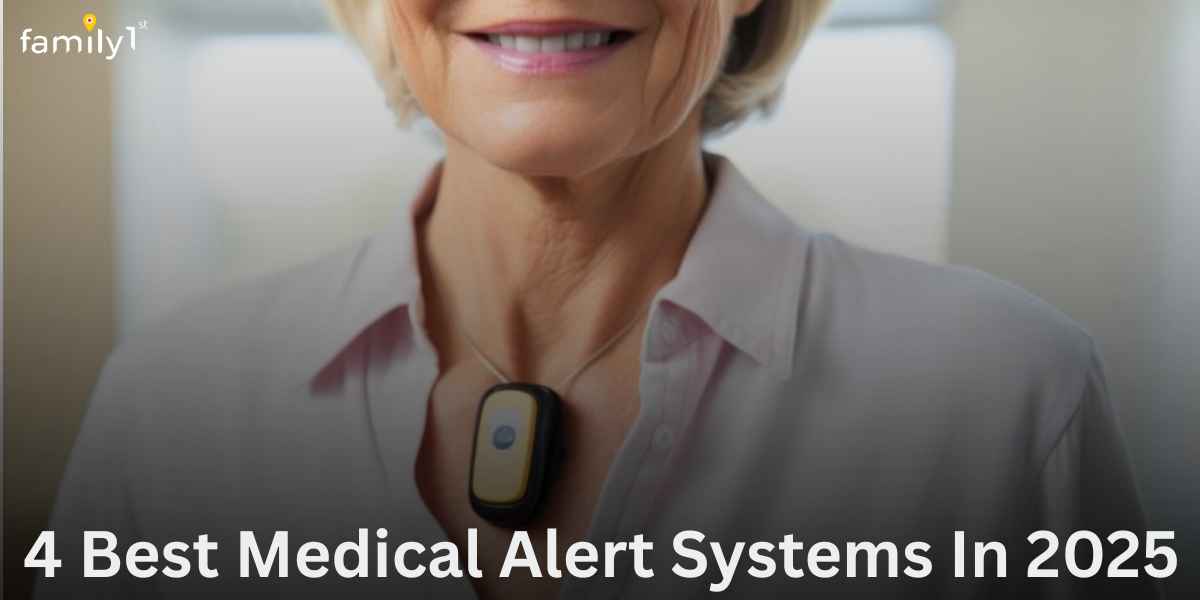
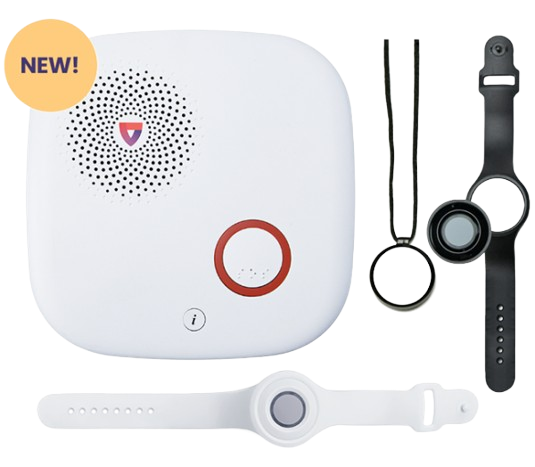
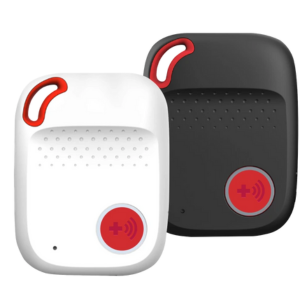
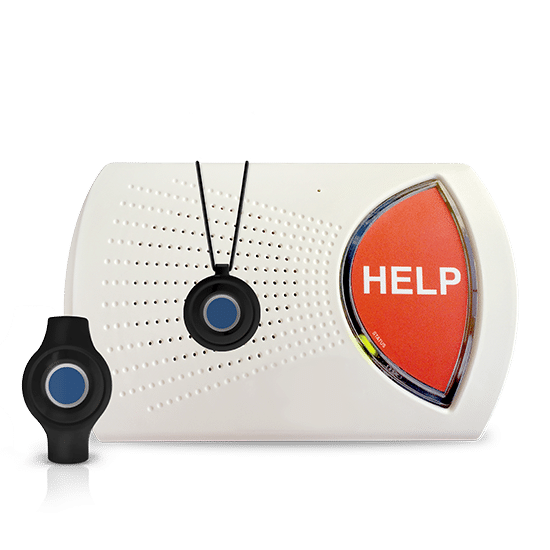
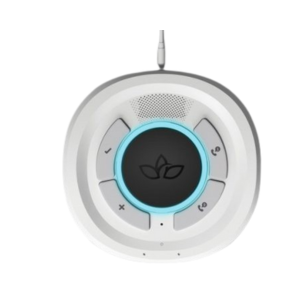
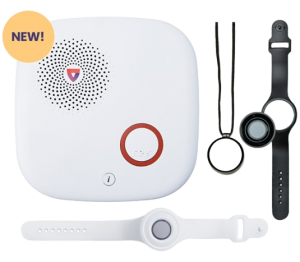








Next
Previous